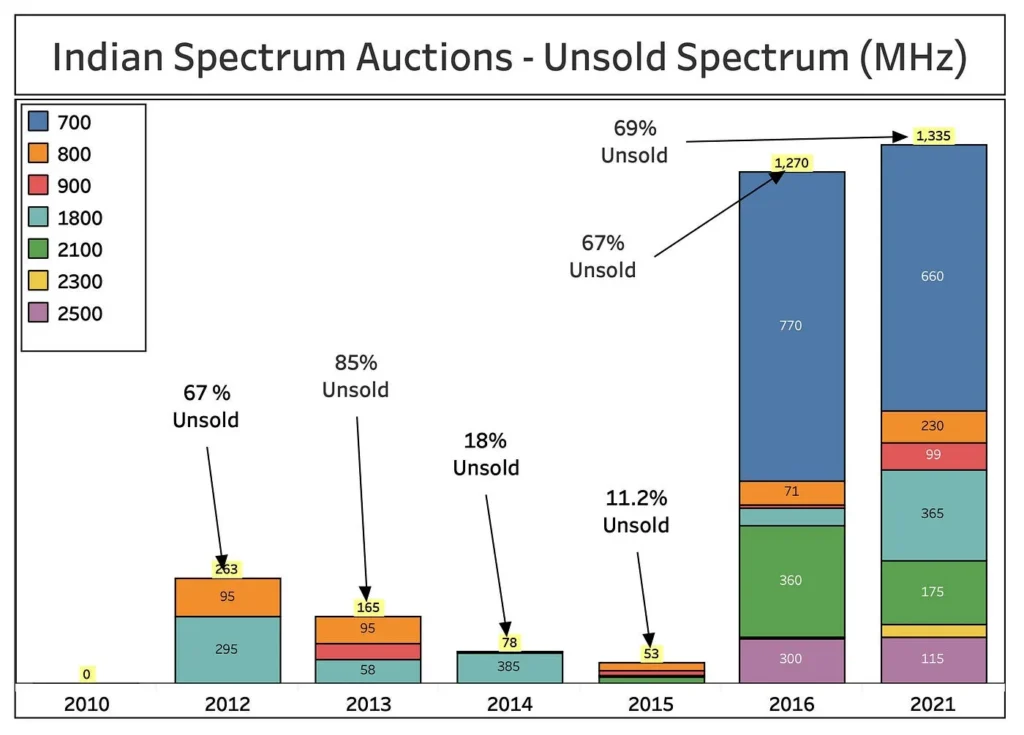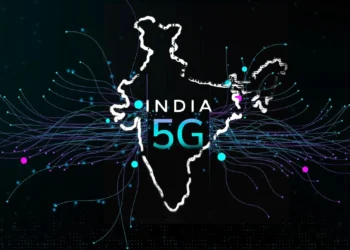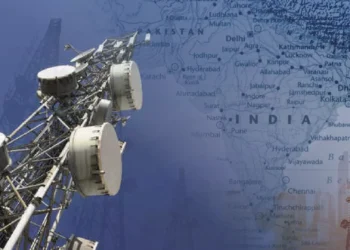Looks like that the Indian spectrum auctions have become mega-events of “Spectrum Display” than “Sale”. Why? A huge amount of spectrum is offered in these auctions, but most of it is put back into the inventory to be offered again in the next round. This phenomenon is true for all auctions held so far, except for the years (2010, 2014, 2015) when the bidders were forced to bid even at high prices to ensure the continuance of their business (in 2014 & 2015, when the 2G license expired) and preserve the value of their existing investment (in 2010, when the auctions were catalyzed by the subsidized entry of new operators). See chart below.

But why is this so? In order to understand this, I read through all the past recommendations of the TRAI (Telecom Regulatory Authority of India) and the follow-up action of DoT (Department of Telecommunication) in setting the “Reserve Price” for the past auctions. Focusing on “Reserve Price” is important, as the government’s ability to sell spectrum is strongly dependent on it. Optimally set “Reserve Price” ensures wider participation, investing in infrastructure, and helps preserve the competitiveness of the market. Doing so is beneficial for all — consumers, operators, and the government, and the loss of it CANNOT be compensated by any amount of revenues the auction ends up generating. Why? As any disproportionate amount of money the operators pay for spectrum is done with the sole objective of increasing the barrier for its competitors to enter the market. Now, this discussion is particularly important today when the GOI is lining up for the next round of spectrum auction for 5G, the success of which strongly depends upon our acknowledgment of past mistakes and not repeating them again. Hence this note.






